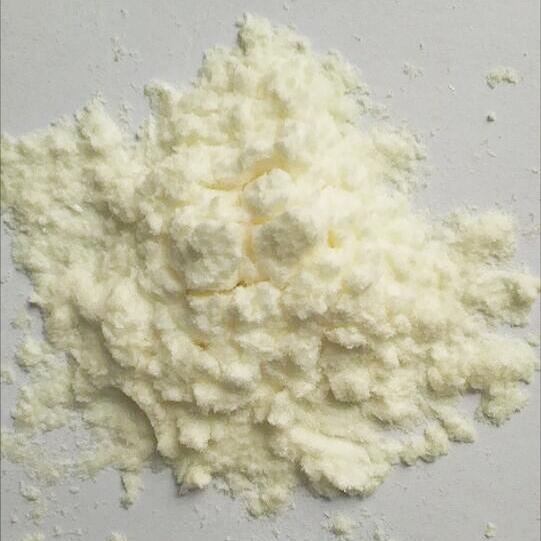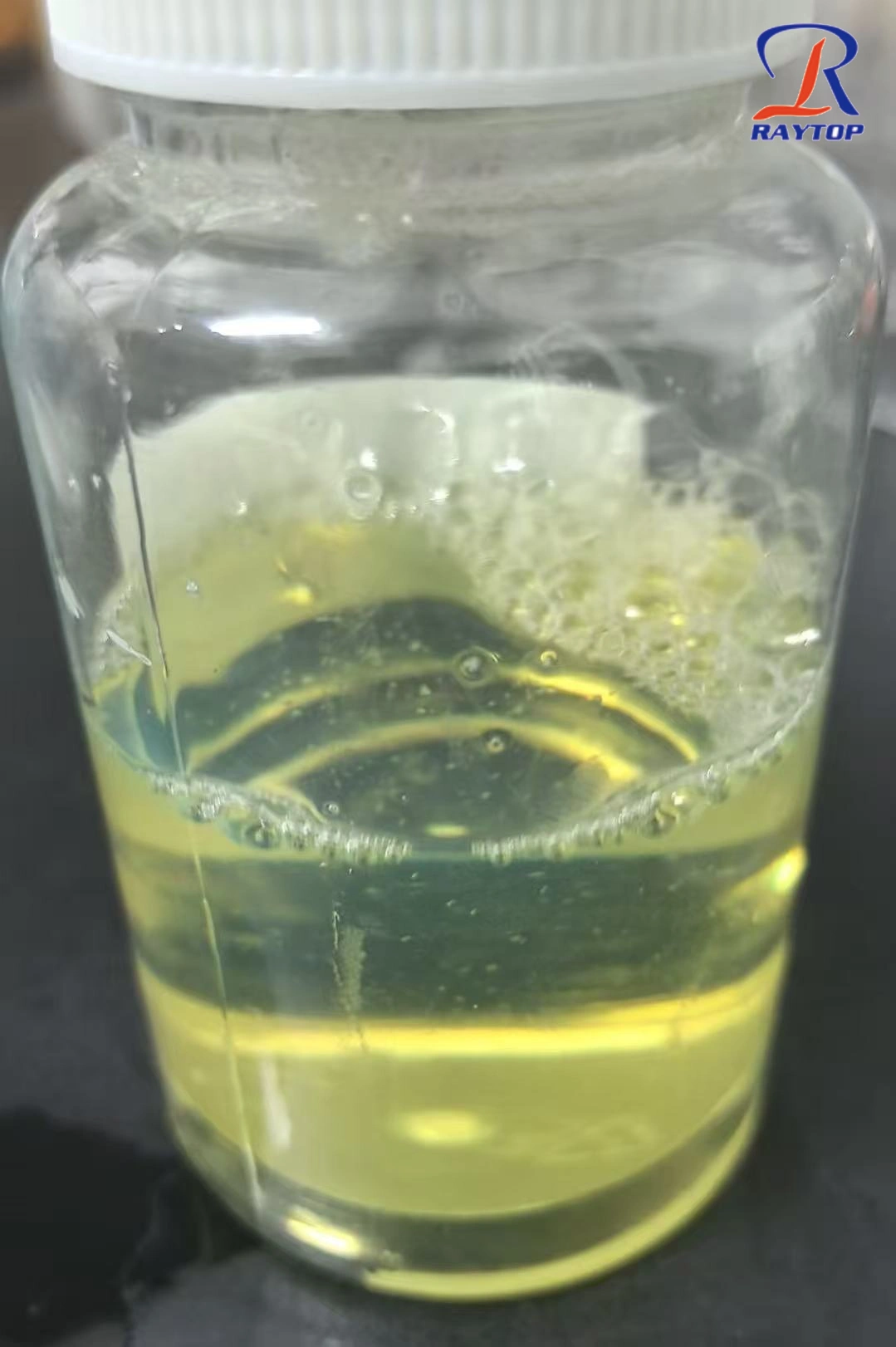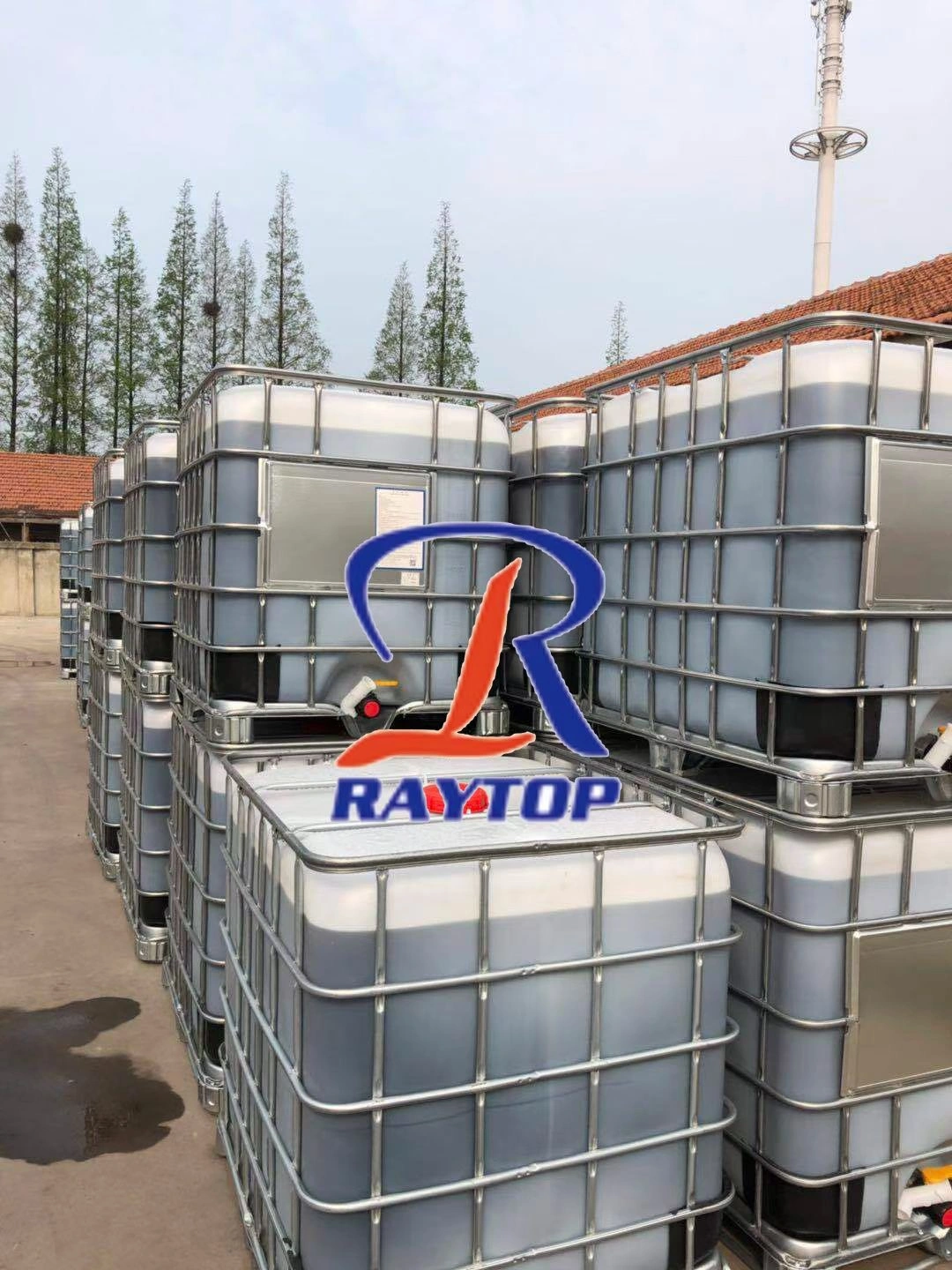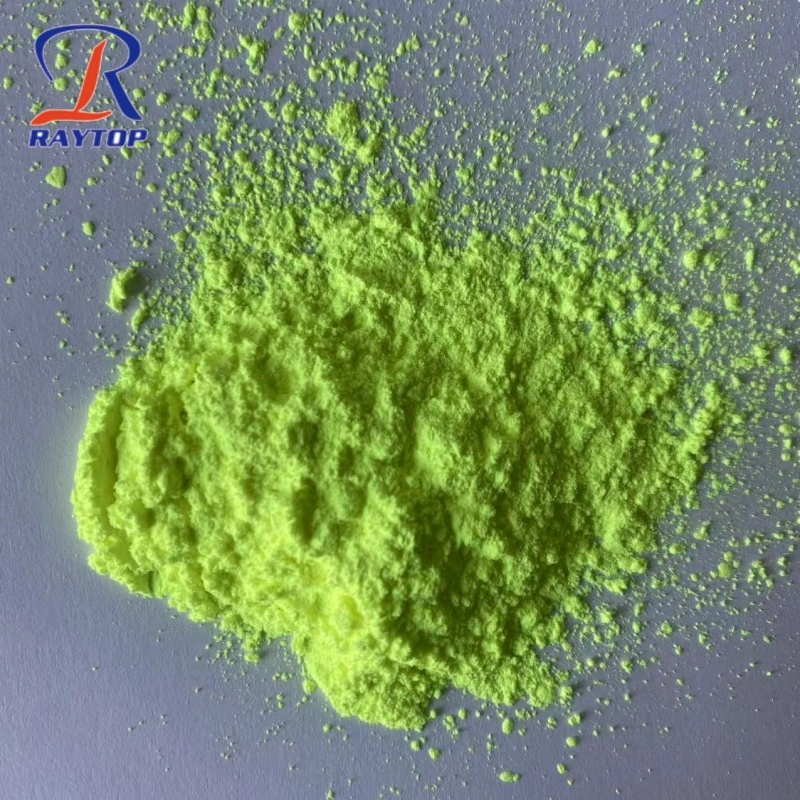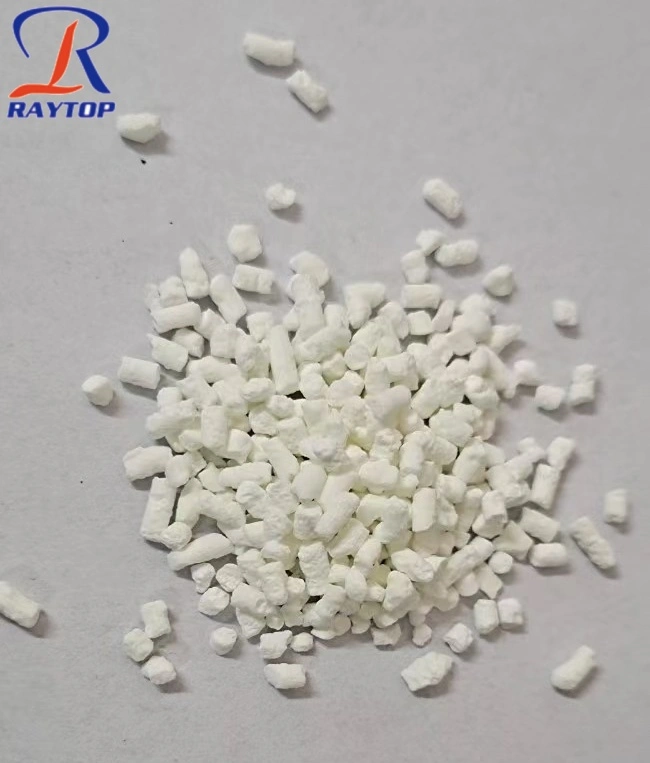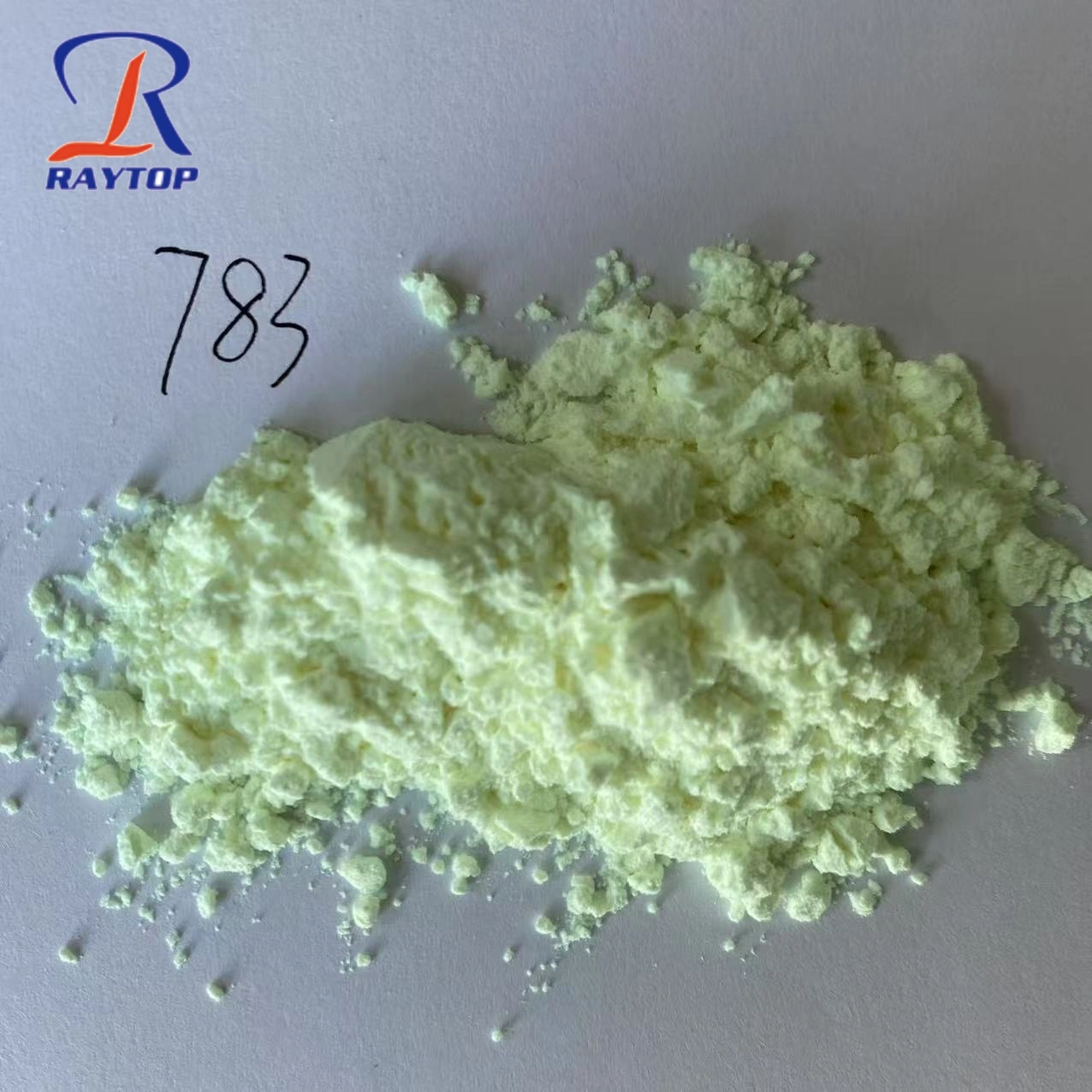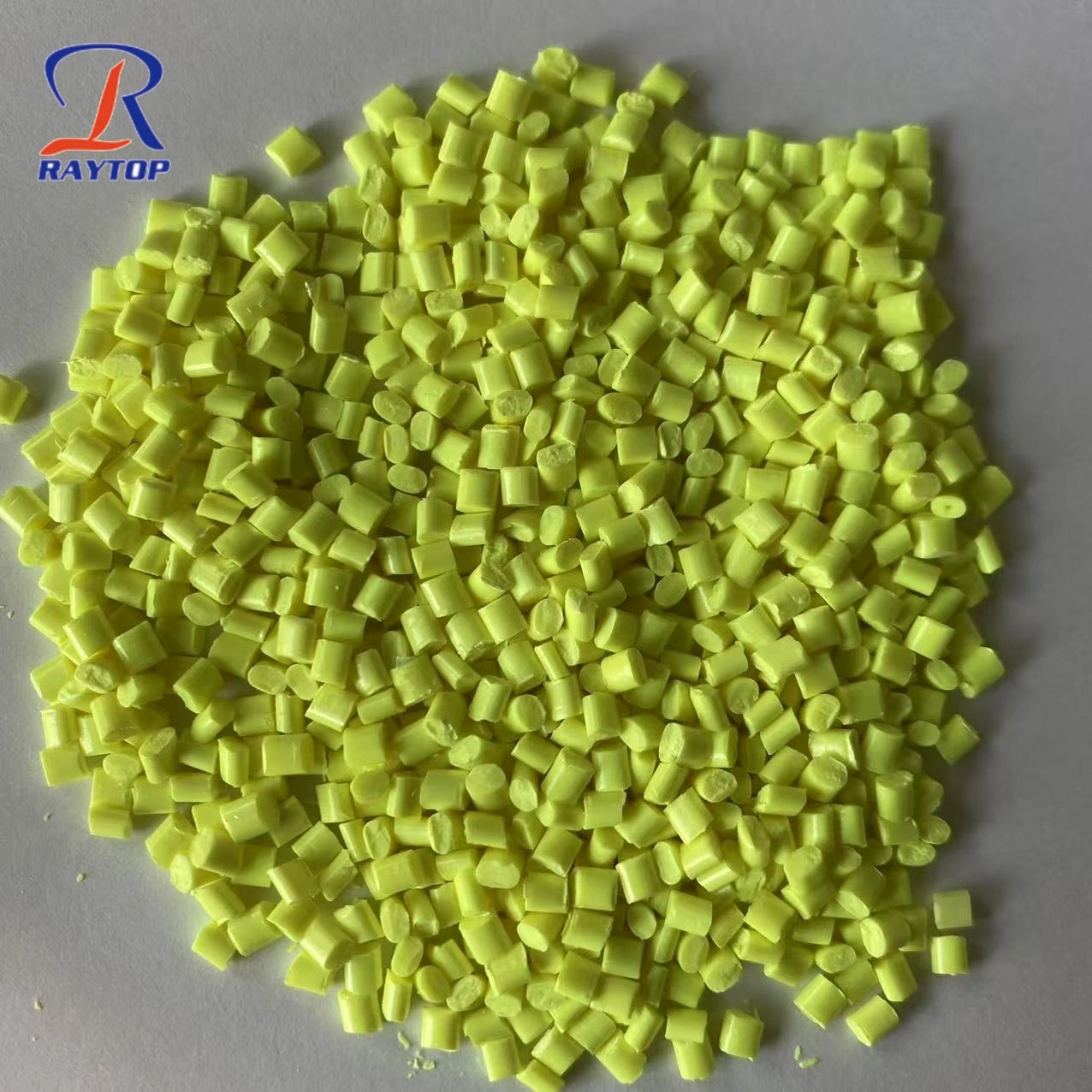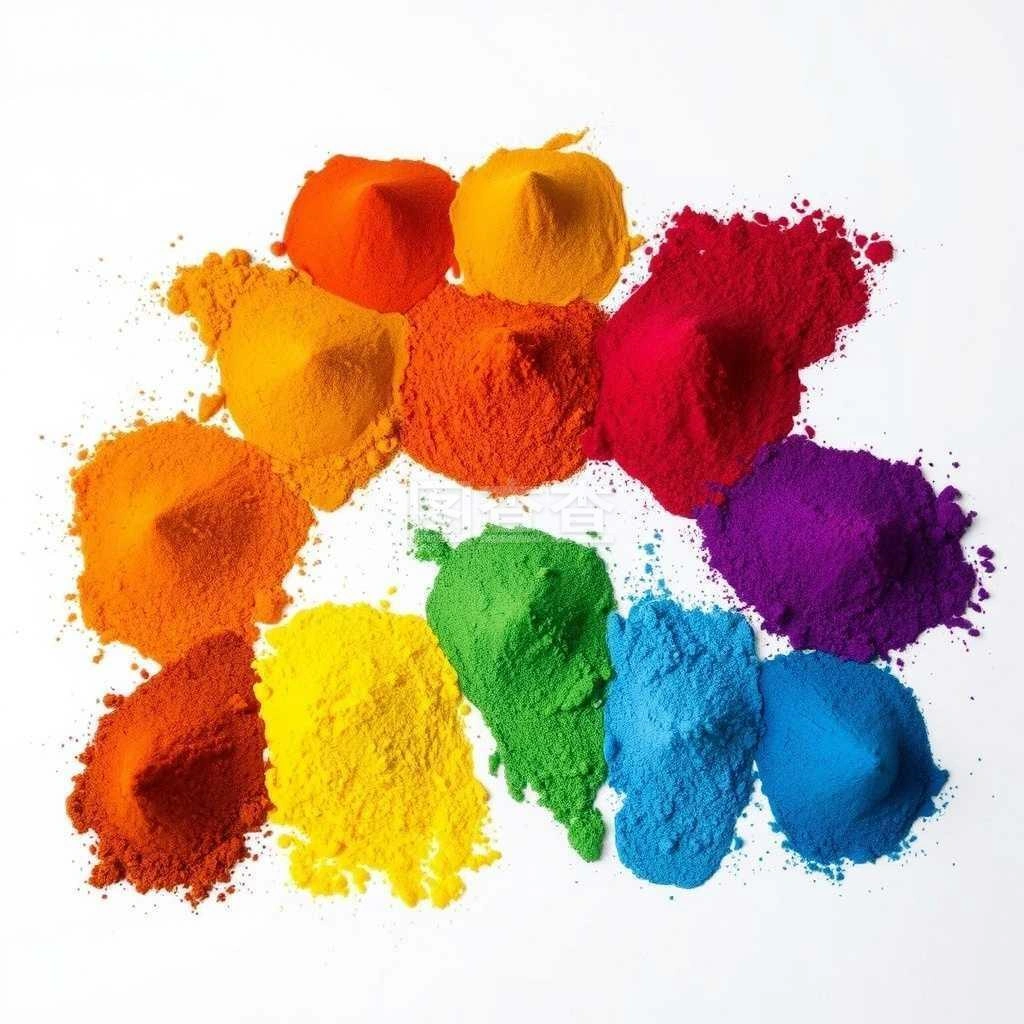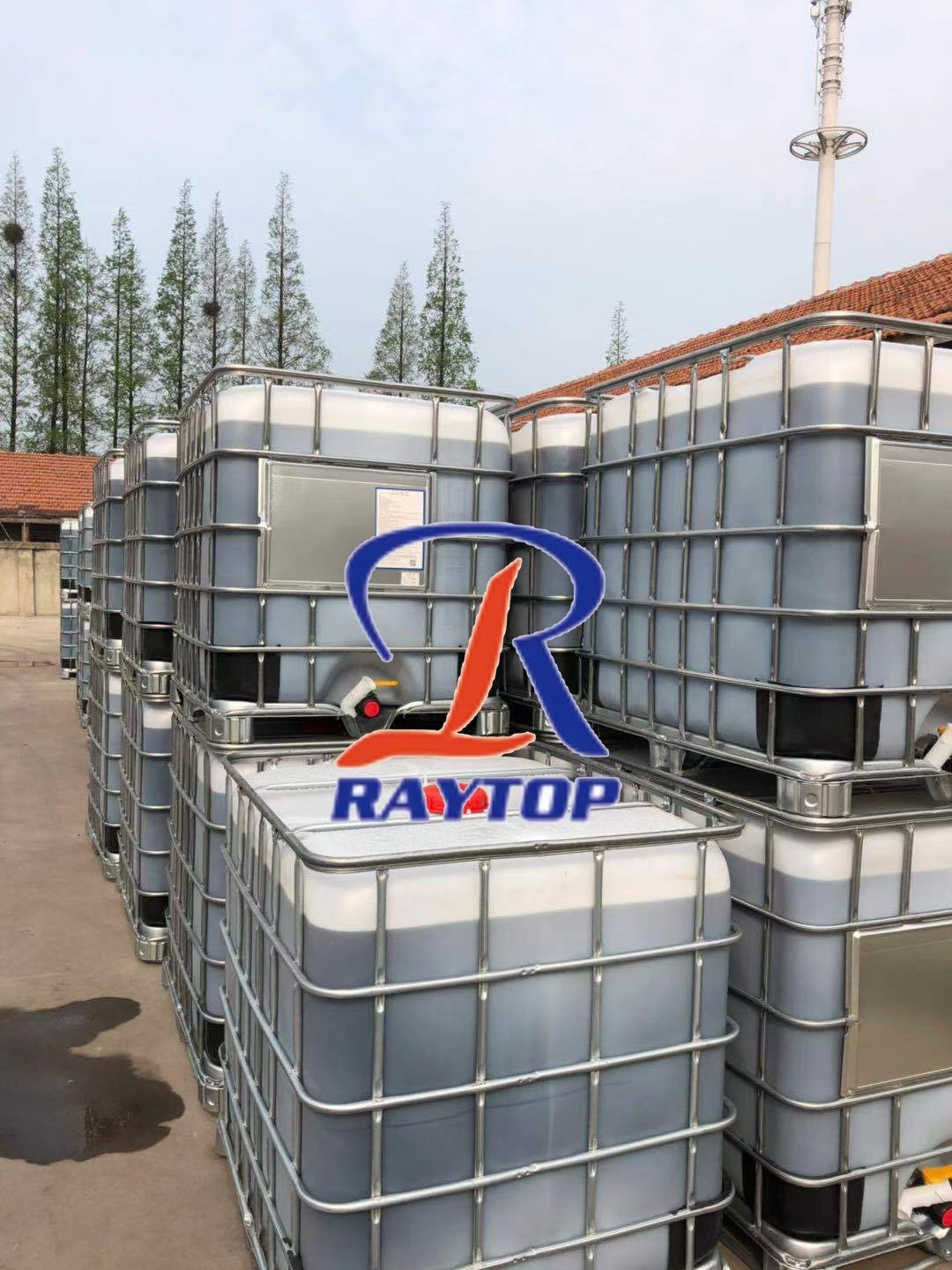1. How benzophenone UV absorbers work?
Benzophenone UV absorbers are the most widely used UV absorbers. This kind of ultraviolet absorbent has a slow absorption effect on UV-A, UV-B and UV-C. The ketone group and hydroxyl group in the molecule can form an internal hydrogen bond to form a chelating ring. After absorbing ultraviolet ray energy, it produces thermal vibration of molecules, internal hydrogen bonds are destroyed, and chelating rings are opened In addition, the carbonyl group in the molecule will be excited by the absorbed ultraviolet light energy, resulting in tautomerism Form enol structure This also consumes some energy. In this kind of ultraviolet absorbers, the strength of the internal hydrogen bond of the molecule is related to its photostability effect The stronger the oxygen bond, the greater the energy required to destroy it, and the more UV energy absorbed, the better the effect; vice versa. The stabilization effect is also related to the length of the alkoxy chain on the benzene ring. If it is long, it has good compatibility with polymers The stabilization effect is just right. In benzophenone ultraviolet absorbers The ortho position of the carbonyl group must contain a hydroxyl group, otherwise it cannot form an internal hydrogen bond, and one cannot be used as an ultraviolet absorber. An ultraviolet absorber with an ortho hydroxyl group It can absorb ultraviolet light of 290 ~ 380~m, hardly absorb visible light, and will not be colored. It has good compatibility with polymer. If there are two hydroxyl groups in the ortho position of the carbonyl group, it can absorb 300 ~ 400fzm ultraviolet light and some visible light Due to the absorption of visible light, the complementary light is unbalanced Make the article added with this ultraviolet absorbent appear yellow The compatibility with polymer is also poor Therefore, its use is small. Benzophenone, which does not have o-hydroxy, also has the ability to absorb ultraviolet rays However, it will cause its own decomposition after being exposed to light, so it is not suitable to be used as ultraviolet absorber.
2. How salicylate UV absorbers work?
Salicylic acid esters are the earliest UV absorbers. Salicylic acid esters also have internal hydrogen bonds in their molecules. At the beginning, the ability of this kind of ultraviolet absorbent to absorb ultraviolet rays is very low, and the absorption range is very narrow (less than 340vm), but after ultraviolet irradiation for a certain time, its absorption gradually increases until the maximum absorption, which is due to its molecular rearrangement under ultraviolet irradiation, forming a benzophenone structure with strong ultraviolet absorption ability, so as to strengthen its ultraviolet absorption. Therefore, people call it a pioneer ultraviolet absorber. The dihydroxybenzophenone and its derivatives produced after molecular rearrangement can absorb some visible light and appear yellow The substance added with this ultraviolet absorbent turns yellow.
3. How benzotriazole UV absorbers work
The action mechanism of benzotriazole UV absorbers is similar to that of benzophenones. Benzotriazoles have a wide absorption range of ultraviolet light, and can absorb light with a wavelength of 300 ~ 400~m. The visible light above 400~m is hardly absorbed, so the products will not be colored. In addition, the action mechanism of substituted acrylonitrile and triazine UV absorbers is also CIS trans isomerization according to Touman I, so that the energy of light can be converted into harmless energy and released. The UV absorber of acrylonitrile substitutes can absorb 290 ~ 320fm UV light, and does not absorb visible light, so it will not make the applied object colored. Three howl ultraviolet absorbers can absorb 300 ~ 400~m ultraviolet light. UV absorbers can absorb color promoter genes (such as NH, oh, SOH, COOH, etc.) and chromophores (such as c:n, n:n, n:o, c:o, etc.) with wavelengths below 400~m. They are all connected to aromatic nuclei. Organic nickel can also be used as ultraviolet absorber, but it is generally classified as quencher (also known as deactivator or matting agent, or laser quenching 0, energy quencher). Its ability to absorb ultraviolet light is lower than that of the above, but it can prevent the polymer from escaping due to the absorption of ultraviolet light. Organic nickel complexes are molecules that are excited into excited states by high molecular polymers in the process of ultraviolet light irradiation, so that the excited states return to the ground state, and the ultraviolet energy is converted into low-energy spectral emission without causing its destruction, so as to protect the high molecular polymers from destruction. Therefore, it is called quenching agent because its action mechanism is different from that of general ultraviolet absorbers. Ultraviolet absorbers change the structure of molecules, and quenching agents just dissipate energy through intermolecular energy transfer. In addition, light shielding agents such as carbon black, titanium dioxide, zinc oxide, zinc barium, etc. are also a kind of substances that can absorb or reflect ultraviolet light, and a barrier is set between the polymer and the light source, Absorb or reflect ultraviolet rays, so that they can be absorbed and reflected before reaching the surface of polymers, which prevents ultraviolet rays from penetrating into the interior of polymers, among which carbon black is the most efficient. Free radical trapping agent is also a kind of substance that can produce light stabilization. It is a piperidine derivative with steric hindrance effect, which is called hindered amine light stabilizer.
